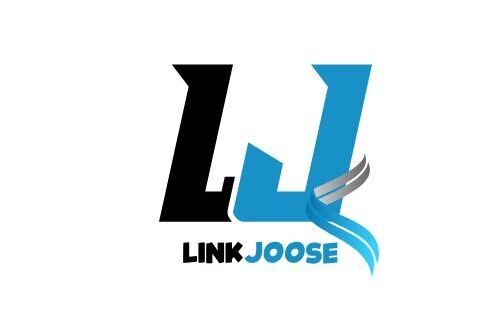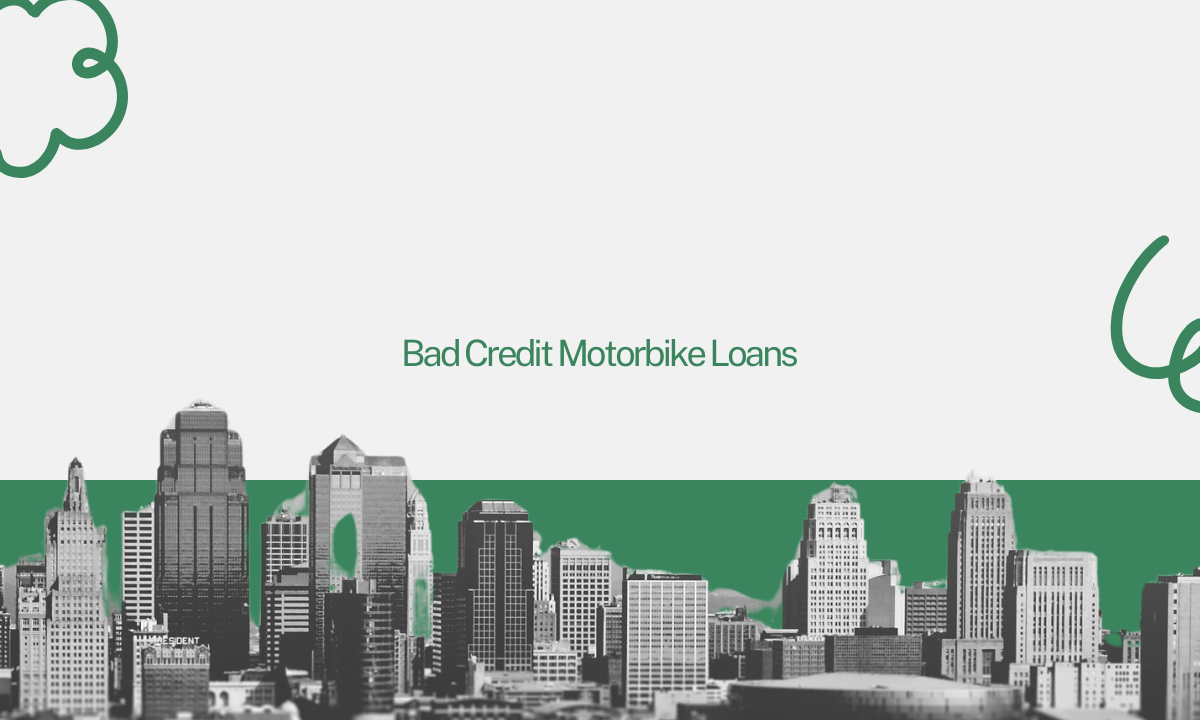Intoduction:
What Is In-House Financing? in Brief
In-house financing is a revolutionary financing strategy where businesses offer customers credit directly without involving the conventional banks. The other name for what is in-house financing? is captive financing. This allows companies to define the rules of extending credit and quickly move stock while engendering customer loyalty. As of 2024, it was anticipated that global captive financing would rise to around U.S. $ 1.5 trillion, sectors such as automotive, healthcare, and e-commerce defining the growth. This guide is entirely encyclopedic concerning what is in-house financing?: mechanics, risks, world regulations, innovations in technology, and ethical aspects concerning it.
The Anatomy of what is In-house Financing?
2.1 Definition and Historical Evolution
Pre-20th Century: Early examples include merchant credit in ancient Mesopotamia and installment plans for agricultural equipment in 19th-century Europe.
Post-World War II Boom: During the 1950s and 1960s, automakers such as General Motors pioneered captive financing, which has helped boost car sales (GMAC, 1919).
Digital Age: Advanced fintechs that facilitate BNPL (BuyNow, Pay Later) for small retailers and SMEs.
2.2 Core Components
Credit Underwriting: Proprietary risk assessment models, such as Toyota’s “Scorecard” system-to determine the acceptance criteria, interest rates, and terms.
Loan Structuring: Terms include APR, collateral, grace periods, and balloon payments.
Repayment Methods: auto-debit ,by mobile apps, in-person. Collections and Recovery : Strategies applied for defaults (repossession, legal action).
2.3 Lexicon
APR (Annual Percentage Rate): Total cost of borrowing, including fees.
Collateral: Asset pledged to secure the loan (e.g., car, machinery).
Recourse vs. Nonrecourse loans: Whether the lender can seize assets other than the collateral used to secure the loan.
3. Industries Transformed by what is In-House Financing?
3.1. Automotive Sector
Market Size: $800B+ in global auto financing revenue (2023).
Models:
Leasing: Tesla’s 36-month leases with buyout options.
Subprimes: Dealers like DriveTime cater to borrowers below FICO 600.
Case Study: Ford Credit’s $160B portfolio fuels 30% of Ford’s global sales.
3.2. Real Estate and Property Development
Seller Financing: Common in many rural marketplaces across the U.S.; all sellers earn interest (5–10%) as buyers avoid bank mortgages.
Rent-to-Own: Some start-up companies, e.g., Home Partners of America, allow tenants to designate a portion of their rent toward home purchase.
Around the World: In Nigeria, 40% of property transactions use what is in-house financing? due to mortgage access limitations.
3.3. Retail and E-Commerce
Store Credit Cards: Amazon Prime Store Card enables 5% cashback and 12-month availability of access for electronics.
BNPL Platforms: Affirm (valued at $15B) partners with Walmart and Shopify for split payments.
Emerging Markets: Flipkart’s “Flipkart Pay Later” serves up to 10M Indian customers.
3.4. Healthcare and Elective Medicine
Dental/Medical Loans: CareCredit routes $20B+ in funding annually for services such as braces and LASIK.
Veterinary Care: Scratchpay provides payment plans for surgery for pets.
3.5. Heavy Industry and Agriculture
Equipment Financing: John Deere Capital finances 60% of the company’s global equipment sales.
Agricultural Loans: Mahindra Finance in India provides crop-specific repayment schedules.
4. Benefits of what is In-House Financing?
4.1. Business Advantages
Higher Conversion Rates: 70% of auto buyers use dealers with in-house financing.
Interest Earnings: Margins of 8-25% on financed amounts.
Ownership of Customer Data: Track purchasing behavior for targeted marketing.
Brand Loyalty: The spending of Apple Card users is 20% more than that by a non-cardholder.
4.2. Benefits to Consumers
Accessibility: 45% of U.S. subprime borrowers depend on in-house auto financing.
Flexibility: For example, seasonal payment plans for farmers or holiday deferrals.
Speed: Most 90% of BNPL approvals are instant vs. 7 days for banks.
Strategies for Risks and Mitigation
Business Risks:
Default Rates:
– Automotive: 5-15% (subprime auto loans).
– Retail: Default rate- 3-8%(BNPL).
Regulatory Penalties:
– In the U.S. – CFPB fines $ 1,000,000/day in violation of TILA.
– In the EU – GDPR fines for non-compliance by up to 4 % of total revenue worldwide.
Cash Flow Strain: A $10M will be set aside for loans which would reduce cash for R&D or expansion.
Strategies of Mitigation:
Securitization- aggregation of loans into asset-backed securities (ABS) for raising capital; AI Risk Models- Upstart’s AI reduces default risk in the clientele category by 25% compared with traditional underwriting.
Consumer Risks
Debt Traps: 22% of BNPL users fail to repay and incur late fees (CRFB, 2023).
Asset Loss: Repossession rates are as high as 8% for subprime auto loans in 2023.
Hidden Fees: 30% of retail financing contracts contain undisclosed charges.
Mitigation:
Regulatory Advocacy: Promotion of the US BNPL Regulation Act (2024).
Financial Literacy: NGOs like NerdWallet educate borrowers about APR differences.
6. Global Regulatory Frameworks
6.1 United States
Truth in Lending Act (TILA): Requires APR disclosure within 0.125% accuracy.
Military Lending Act (MLA): Caps APRs at 36% for active-duty personnel.
State Laws:
Texas: 10% usury cap (exemptions for licensed lenders).
New York: Mandatory 10-day grace periods.
6.2. European Union
Consumer Credit Directive (CCD):
14-day right of withdrawal.
Mandatory creditworthiness checks.
General Data Protection Regulation (GDPR): fines for mishandling borrower data.
6.3. Asia-Pacific
India: RBI has mandated a 3% loan loss provisioning for NBFCs.
China: PBOC sets a limit of 4xLPR (Loan Prime Rate) for P2P lending rate.
Australia: ASIC prohibits unsolicited credit limit increases.
6.4. Africa
Nigeria: CBN mandates that lenders register as Micro finance Banks.
South Africa: National Credit Act provides for the capping of the APRs at 27.5%.
7. Setting Up What is In-House Financing?: A 10-Step Plan
7.1. Feasibility Analysis
Fund Allocation: Not more than 30% of cash reserves for loans.
Market Research: Compare competitors’ rates i.e., Toyota’s 0% APR promotions.
7.2. Credit Policy Making
Eligibility Requirements:
Minimum income levels (e.g., $2,500/month).
Employment confirmation (6 months or more).
Risk-Based Pricing:
FICO Range
April
720-850 5-8%
600-719 10-15%
300-599 20-30%
7.3. Get Legal
Contract Templates: Include arbitration, repossession, and prepayment clauses.
State Licensing: 34 U.S. states require a lender’s license for in-house financing.
7.4. Integrate Technology
Loan Management Systems:
– Nortridge: Underwriting, payments, and reporting are all automated.
– Lendflow: API-based credit checks.
Blockchain
– Smart Contracts: Automatic repayments with Ethereum.
– KYC Verification: Prevent identity fraud using decentralized IDs.
7.5. Training of Staff
Sales Team: Role plays to practice selling financing options.
Collections Team: De-escalation techniques for handling delinquent accounts.
8.So to say, train on the data that goes up to the month of October, 2023
.Case Studies: Lessons from Industry Players.
8.1 Case Study 1 Ford Credit (Global Automotive Financing): Strategy-integrated financing through FordPass app payment trap with a consequence of 40B income made in 2023, wide customer satisfaction with 85 percent.
8.2 In addition to: Case Study 2:
IKEA’s Green Financing Initiative: Loans at 0% APR for energy-efficient home upgrading. Annually financing 50,000 plus kitchens in the European Union with a 25 percent reduction of CO2 emission.
8. Case Study 8.3:
CareCredit (Medical Financing)-250,000 providers enrolled with 90% acceptance for elective procedures. Default Management is using AI-driven underwriting; default rate is set to a 3% default occurrence.
9. Ethical Considerations-Consumer Protection
9.1. The Red Flags of Predatory Lending Will Show Up-APR>36%: Typical payday and subprime auto loans; Negative Amortization: The loan balance actually increases no matter payments; Mandatory Arbitration: No class-action lawsuit possible.
Best Practices in Ethical Lending
Open itself to the consumer. Make APR visible-the size of 16pt- on contracts. Check Affordability by use of Open Banking APIs to check income/expenses. Financial counseling: Work with NGOs on borrowed education.
10. What is In-House Financing?: What’s Next?
10.1 Artificial Intelligence and Machine Learning
Predictive Analytics: ZestFinance’s risk modeling examines 70,000 data points for risk-scoring purposes.
Chatbots: Erica answers more than 50M customer inquiries at Bank of America annually.
10.2 Blockchain Innovations
DeFi Lending: Aave’s $15B protocol for decentralized auto loans.
Tokenization: Convert loans into NFTs for fractional ownership.
10.3 Sustainability-Linked Financing
Green Loans: Lower APRs for purchases of EVs (Tesla offers 2.49% APR for the Model Y).
Carbon Credits: Discount interest rates for borrowers with environmentally friendly behavior.
10.4 Regulatory Developments
Open Banking: EU PSD2 is a directive to share data across banks for equitable risk assessment.
BNPL Regulation: It makes it compulsory for BNPL providers to credit check consumers as per Australian 2023 laws.
11. Global what is In-House Financing? Trends
11.1 North America
In the U.S., 70 percent of auto loans are classified as in-house; 40 percent of buy now pay later (BNPL) users belong to Generation Z.
In Canada, it is projected that medical financing will have an impressive 15 percent CAGR from 2020 to 2024.
11.2 Europe
In Germany, only 25 percent of SMEs use in-house financing to acquire equipment.
The UK’s FCA BNPL regulation in 2024 will require affordability checks.
11.3 Asia
In India, the captive finance market is more than $50 billion, growing at the rate of poultry for tractor loans at 30 percent.
China: Amant Group Huabei has over 500 million customers and provides micro-financing.
11.4 Africa
M-Kopa completed $1 million being solar financed for over 1 million households in Kenya.
In South Africa, 40 percent of used car sales use in-house loans.
12. Tools & Resources
12.1. Software Solutions
Loan management: LoanPro, Cloud Lending.
Payments: Stripe, PayPal Credit.
Risk analytics: SAS Risk Stratum, FICO Origination Manager.
12.2. Educational Resources
Books: “The Fintech Book,” authored by Susanne Chishti.
Courses: “Fintech and the Future of Finance,” available on Coursera and offered by the Wharton School.
In-House Financing FAQs
1. What is in-house financing? mean?
What is In-house financing? is a concept that describes an arrangement whereby a business offers loans or credit directly to its customers, rather than getting them from third-party lenders such as banks or credit unions. This is common in most businesses; auto sales or furniture retail and real estate are examples where the seller can act as the lender.
2. What is in-house financing?
It typically involves the following:
Application: The consumer discloses financial information directly to the seller.
Approval: The seller assesses his credit worthiness, which is then usually compared with the more flexible criteria set by traditional lenders.
Agreement: The seller then tells how the loans will be structured (interest rates and repayment period, down payment).
Repayment: Customers then pay the seller in installments until the amount owed is finally repaid.
3. How is in-house financing different from traditional loans?
Lender: The loan is financed by a seller and not a bank. Approval Fastened: Approvals are hastened since the payment channels are direct. Neither is the space for credit inclusion limited: Such loans generally accept borrowers who would otherwise be considered as subprime, as comparatively, they can be a bit more lenient for approval purposes.
Customization: These terms may be highly customized to the requirements of specific individuals.
4. What are the benefits of having what is in-house financing?
Convenience: It offers a facility where buying and financing are both just one click away.
Approvals: Comparably higher for poor/no-score applicants. Flexible Terms: Negotiable down payment or repayment schedules. Speed: Fast decision-making allows immediate purchases.
5. What are disadvantages?
Higher Costs: It may charge a higher interest than bank loans.
Limited Regulation: There are no strict rules as to consumer protection, unlike regulated lenders.
Risk of Debt: Debt may be too far, and the terms are not sustainable.
Collateral: In some cases, assets (like the purchased item) may lend themselves to seizure for default.
6. What is In-house financing? is most prevalent in which sectors?
– Auto Dealerships: “Buy Here, Pay Here” programs.
– Retail: Furniture, electronics, or appliance stores.
– Real Estate: Financing for homes or condos provided by the developer.
– Medical services: Payment plans for elective procedures in these places.
7. Do in-house lenders review credit scores?
Some may do a soft pull or may forgo checking credit scores altogether and focus instead on the income and employment stability of the good person to whom they’re referring. However, if they do check credit scores, they may report payment behaviors to credit bureaus, which can impact your credit profile.
8. What is the usual repayment term?
The repayment term differs from one industry to another:
Short Term: 6-24 months (for example, furniture).
Long Term: 2-7 years (for example, vehicles).
Interest rates may range from 5%-+20%, depending on risks and the securing collateral.
9. Are there disadvantages or risks with what is in-house financing?
Yes.
Defaulting on this could mean that their item could be repossessed.
Vague terms may hide fees and/or balloon payments.
High rates keep borrowers in a cycle of debt.
10. Can terms be negotiated?
That happens a lot. Sellers may compromise on the down payment, interest rate, or length of financing to complete a sale if the buyer indicates stability.
11. What are some other alternatives?
– Bank loans/personal loans.
– Credit cards (for low-value purchases).
– Lease-to-own contracts.
– Peer-to-peer lending sites.
Conclusion:
What is In-house financing?
on one side, is a boon as it allows people to buy with ease and convenience, but on the other side, it has to be evaluated carefully. For people who do not have many credit options, it paves the way to purchase necessary items, like vehicles or household things, without having to go through the normal lending process. That has been a value proposition to businesses that organize pricing plans that are personalized to the needs of the customers. The benefits may be weighed up against the shortcomings of rapid acceptance and very little backing by creditors. Having high-interest rates and regulatory loopholes can put people in financial trouble. It may happen to them if they do not study the terms near and far- auto buyers might encounter repossession against repayment defaults, whereas retail consumers may be subject to hidden charges. Industries such as automotive and real estate have fully embraced in-house financing, but it really varies from home to home as to whether it can be said to be needed. It remains to educate buyers:
Match prices with other institutions outside the business.
Read every word of the fine print so as not to fall prey to predator clauses.
Evaluate whether they are complete after being judged on long-lasting payments. In-house finance will be a credit builder, as long as payments are reported to bureaus; but defaults can negatively impact credit scores. Clarity and transparency- reputable sellers spell out their terms upfront; treacherous sellers wangle cost the other way around.
In a nutshell,what is in-house financing? really is great for people who need things easily or otherwise would not be able to receive credit, but it requires diligence. Potential borrowers should weigh odds against alternative sources, seek custom re-negotiation, and consult if they feel any uneasiness about an issue. It isn’t a consumer liability but a strategic instrument if managed between urgency and long-term financial health.














